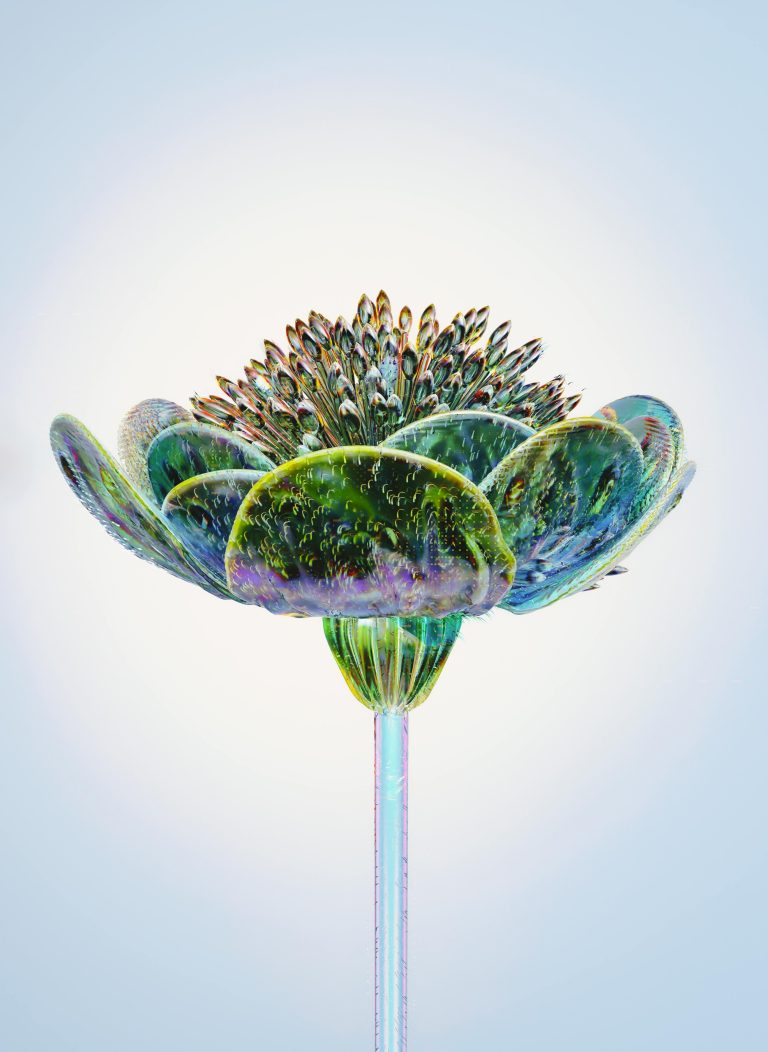As technology continues reshaping our domestic environments, homeowners increasingly face choices between smart automation and purely green solutions. According to experienced estate agents in Surrey, properties that successfully integrate both smart technology and sustainable features often achieve higher market values and faster sales. Understanding how these two approaches complement and occasionally conflict with each other helps create truly efficient, sustainable modern homes.
Understanding Smart Homes and Green Homes
The Smart Home Approach
Smart homes leverage technology to automate and optimise household functions. Think of a smart home as having a digital nervous system that continuously monitors and adjusts various systems for optimal performance. This technology-first approach aims to enhance both efficiency and convenience through automation and data-driven decision-making.
Smart homes typically incorporate:
- Automated heating and cooling systems
- Intelligent lighting controls
- Connected appliances
- Security and surveillance systems
- Energy monitoring devices
The Green Home Philosophy
Green homes prioritise environmental impact reduction through sustainable materials and passive design principles. Consider green homes as working with nature rather than trying to control it. This approach emphasises reduced resource consumption and environmental harmony through thoughtful design and material choices.
Key green home features include:
- Natural ventilation systems
- Sustainable building materials
- Solar passive design
- Water conservation measures
- Waste reduction systems
Where Smart and Green Intersect
Energy Management
The most successful integration of smart and green technologies often occurs in energy management:
Intelligent Solar Systems combine solar panels with smart inverters and battery storage. These systems can automatically adjust energy usage based on solar production, weather forecasts, and electricity rates. A well-designed system might increase solar energy utilisation by 20-30% compared to traditional setups.
Smart thermostats with learning capabilities can reduce heating and cooling energy use by 10-15% through better understanding of occupancy patterns and thermal performance. When combined with green building features like proper insulation and thermal mass, these savings can increase to 30-40%.
Water Conservation
Smart technology enhances traditional water-saving approaches:
Intelligent Irrigation Systems integrate weather data and soil moisture sensors to optimise watering schedules. These systems typically reduce water consumption by 30-50% compared to traditional timers, whilst maintaining or improving plant health.
Smart Water Monitors can detect leaks and unusual consumption patterns, potentially saving thousands of litres annually. When combined with water-efficient fixtures and rainwater harvesting systems, these technologies create comprehensive water management solutions.
Potential Conflicts and Solutions
Energy Consumption of Smart Devices
The Hidden Cost of Connectivity: Smart devices require constant power for network connectivity. A typical smart home might have 20-30 always-on devices, collectively consuming 1,000-1,500 kWh annually. Solutions include:
- Power management systems that automatically shut down devices during inactive periods
- Solar-powered sensors and devices that operate independently of the grid
- Smart power strips that eliminate vampire power draw
Technology Lifecycle Impact
Electronic Waste Concerns: Smart home devices often have shorter lifespans than traditional alternatives and create electronic waste. Addressing this issue requires:
- Choosing devices with modular designs that allow component upgrades
- Selecting manufacturers with strong recycling programmes
- Prioritising software-upgradeable devices over hardware-dependent solutions
Optimising Both Approaches
Design Integration
Successful integration begins with thoughtful design:
Passive First, Smart Second: Design buildings to maximise natural lighting and ventilation, then enhance these features with smart controls. This approach might include:
- Light sensors that adjust artificial lighting based on natural light levels
- Automated windows and vents that optimise natural airflow
- Smart blinds that manage solar gain and glare
Material Selection
Choosing materials that support both approaches:
Smart Windows with electrochromic glass can automatically adjust tinting based on sunlight and temperature, reducing heating and cooling needs by 20-30% whilst eliminating the need for mechanical blinds.
Sustainable Smart Materials like self-healing concrete or phase-change materials can reduce maintenance needs and improve energy efficiency without relying on complex electronics.
Future Developments
Emerging Technologies
Several promising developments could better align smart and green approaches:
Artificial Intelligence for Resource Optimisation: Advanced AI systems might reduce the energy consumption of smart features by 40-50% through better prediction and adaptation to user behaviour.
Biodegradable Electronics: Research into organic electronics could create smart devices with minimal environmental impact at end-of-life.
Integration Standards
Industry standards are evolving to support better integration:
Matter Protocol aims to reduce the energy impact of smart home devices through improved interoperability and reduced redundancy in network connections.
Green Building Standards increasingly incorporate smart technology requirements, recognising their role in achieving sustainability goals.
Implementation Guidelines
Phased Approach
Successfully combining smart and green features often works best through careful phasing:
- Begin with passive design and sustainable materials as the foundation
- Add basic smart monitoring to understand usage patterns
- Implement automated controls based on collected data
- Continuously evaluate and optimise system performance
Cost-Benefit Analysis
Understanding the financial implications helps prioritise investments:
Initial Costs: Smart technology typically adds £3,000-£10,000 to a green home’s cost, but potential savings often justify this investment through:
- Reduced energy consumption (15-30% additional savings)
- Lower maintenance costs
- Increased property value (typically 5-8% premium for well-integrated systems)
Conclusion
The future of sustainable housing likely lies in thoughtful integration of smart technology and green building principles. Success requires understanding how these approaches can complement each other whilst being mindful of potential conflicts.
For homeowners and developers, the key lies in starting with strong sustainable design principles and selectively incorporating smart technology where it genuinely enhances environmental performance. This balanced approach creates homes that are both intelligent and sustainable, meeting modern needs whilst respecting environmental imperatives.
The ongoing evolution of both smart technology and sustainable building practices suggests that integration will become easier and more effective over time. Those who successfully navigate this intersection today are helping shape the future of residential architecture and sustainable living.




